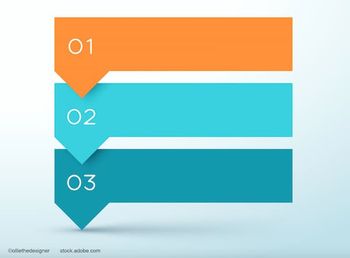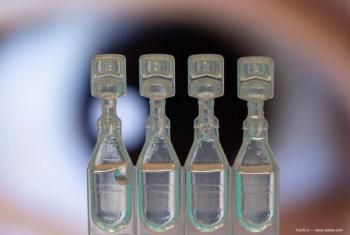
Anecortave acetate trials to evaluate role in arresting progression of dry to wet AMD
The Anecortave Acetate Risk Reduction Trial has met its patient enrollment requirement with almost 2,600 individuals who are at high risk for developing choroidal neovascularization (CNV) or advanced age-related macular degeneration (AMD) over time, reported Jason Slakter, MD, at a retina free papers session during the American Academy of Ophthalmology annual meeting.
The Anecortave Acetate Risk Reduction Trial has met its patient enrollment requirement with almost 2,600 individuals who are at high risk for developing choroidal neovascularization (CNV) or advanced age-related macular degeneration (AMD) over time, reported Jason Slakter, MD, at a retina free papers session during the American Academy of Ophthalmology annual meeting.
"Anecortave acetate (Retaane, Alcon Laboratories) was chosen [for this trial] based on preclinical data that suggest that this molecule inhibits new blood vessel formation by striking multiple targets in the angiogenic cascade," Dr. Slakter said. "In addition, the drug has an excellent safety profile making it ideal for chronic, long-term suppressant therapy."
The drug is administered every 6 months, outside the eye, he said.
Two concurrent clinical trials on anecortave acetate are now ongoing with patients in one study receiving the 15-mg dose or sham administration and the other set of patients receiving the 30-mg dose or sham. The trials will follow patients for 4 years, Dr. Slakter said.
Patients enrolled in the trials had to have five or more intermediate or large drusen and pigmentation in the study eye. The fellow eye had to have active or old exudative disease, he said.
The average age of patients enrolled is 75 years. Most are Caucasian and slightly more are women.
Patients had normal tension or had well-controlled hypertension at baseline. Half had a history of smoking and 9% were known to be active smokers at the beginning of the study.
"Interestingly, 86% were using some type of vitamins. However, only about 50% of the patients were using the AREDS formulation," he noted.
At baseline the average visual acuity in the study eye was 20/25 and in the non-study eye it was 20/200. Forty-six percent of patients had active disease in the non-study eye at baseline and 92% had subfoveal involvement.
Dr. Slakter is a consultant to Alcon Laboratories.
Newsletter
Don’t miss out—get Ophthalmology Times updates on the latest clinical advancements and expert interviews, straight to your inbox.














































.png)


